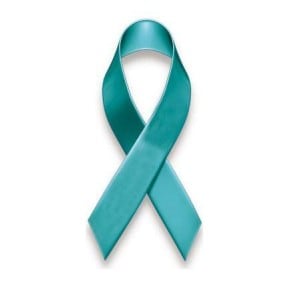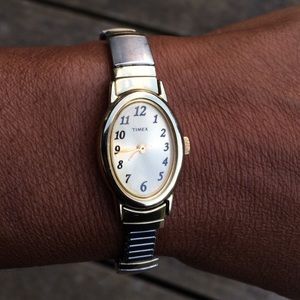Teal blue is more than just a fabulous color, it’s the official symbol of the Ovarian Cancer National Alliance and the Ovarian Cancer Awareness Campaign they conduct every September–30 Days of Teal.
Ovarian cancer is less prevalent among African American women, but that does not mean we can afford to ignore this particularly dangerous form of the disease.
In a recent interview with Healthday.com, ovarian cancer expert David Fishman, MD, director of the cancer center and gynecologic oncology at NewYork-Presbyterian in Queens, NY said “ovarian cancer is often diagnosed too late. It’s important for women to know their risk [of] contracting this deadly disease, and its earliest warning signs.”
All women are at risk of ovarian cancer, and one in 75 will develop the disease, Fishman said. More than 250,000 women worldwide are diagnosed with ovarian cancer every year, and 140,000 die from it. Again, the rates of the disease are lower among Black women, but we also have lower five-year survival rates.
Citing a common misperception among women,Fishman stressed that a clean pap test does not mean a woman’s ovaries are cancer-free. Pap tests diagnose cervical disease, not ovarian cancer.
Some call ovarian cancer a “silent” killer. Its early symptoms are mild and easy to ignore, according to Fishman. They include bloating, indigestion and nausea, pain in the abdomen and back, feeling full quickly, frequent urination, weight gain and shortness of breath. Women who have these symptoms for more than a week should consult a doctor, he suggested.
Early Detection Equals High Survival Rates
Ovarian cancer is highly treatable if detected early. If the cancer is just in the ovary (stage 1), the average five-year survival rate is 90 percent. However, the odds of survival are much lower if the cancer is more advanced, Fishman said in a hospital news release.
Women who have had breast cancer or certain other types of cancer are at increased risk. Other ovarian cancer risk factors include certain gene mutations, infertility, early menstruation, obesity and age. Women over age 70 have higher odds of developing the disease, researchers have found.
Several factors can reduce a woman’s risk, including: following a healthy, low-fat diet; having given birth; using birth control; and having tubal ligation surgery.
Some women at high risk have their ovaries and fallopian tubes removed as a precaution.
To learn more about protecting yourself against ovarian cancer, read the Alliance’s guide. To raise awareness in your community, wear teal at least one day this month and make sure you tell other women why.









